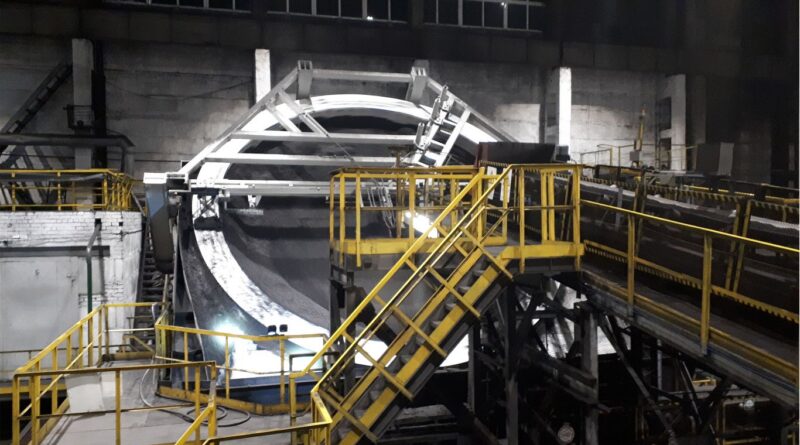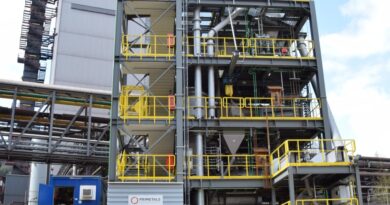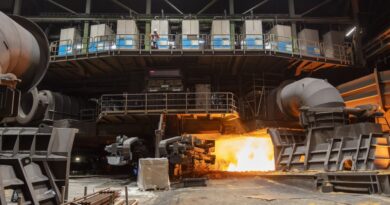Sustainable and efficient production of iron ore pellets
Iron ore and steelmaking are the largest energy consumer of electricity and fossil fuels, being responsible for over 25% of hazardous atmospheric emissions and over 30% of carbon dioxide emissions.
That’s why we need to think about sustainable solutions that minimize the CO2 emissions and energy use by iron ore production; solutions that deliver higher performance in terms of energy efficiency, resource efficiency and better process and product performance. We need CO2-efficient ironmaking processes.
One of the possible solutions could be direct reduction process like Midrex- or HYL, Corex process.
To enrich the iron share of the ore, for example through flotation and/or magnetic separation, it is necessary to first grind the ore to a workable grain size. The fine grain concentrate (dK < 100 μm) must be converted into lumps in a separate process so that it may be later smelted in a blast furnace.
The most well-known processes for this are pelletizing and sintering. While sintering plants are generally located next to the blast furnace, pelletizing discs on the other hand are located near the iron ore mines.
Choosing the process is based mainly on the output parameters of the material and the grain size, and it depends on the intensity of the iron ore enrichment, the material-related target grain size distribution and the particle shape distribution
Pelletizing is the conversion of fine particle material into a lumped product that has significantly improved transport, processing and handling properties. Critical for pelletizing are the attractive forces between the grains.
Attractive forces can include for example capillary forces from fluid bridges, solid bridges and the van der Waals force between the grains. Depending on the type of bonding force, the pelletizing process can be classified into three main groups: pelletizing, briquetting and sintering.
To improve the process and product properties of the fine-grained iron ore concentrates, it is necessary to agglomerate these concentrates. Pelletizing of iron ore concentrates in pelletizing discs leads to narrow grain size distributed pellets with smooth surface.
The process chamber of a pelletizing disc is made by an inclined, rotating, flat cylindrical pan. Due to rotation of the pan, the fine material is pulled along to the disc uppermost point and then rolling down onto a material bed. Caused by the special movement of the material itself and the addition of water onto the material, nucleation and growing occurs as a result of the settings of the pelletizing disc.
Scarabaeus pelletizing discs provided by Haver & Boecker Niagara are used for sustainable and efficient production of iron ore pellets. The unit’s design minimizes circulation, increasing productivity and profitability.
The pelletizing discs used for agglomerating iron ore concentrates into pellets are remarkable for their very narrow particle size distribution with a target size of 10 to 14 mm, important for DR-Processes.
It is the direct iron ore reduction process, enabled by those uniform size pellets, which finally leads to the tremendous reduction in greenhouse gases, says Prof. Holger Lieberwirth from Technical University Bergacademie Freiberg.
This innovative pellet based solution avoids the traditional blast furnace route and, hence, the energy intensive smelting of the ore and ensures the production of 97% pure iron at the end. This is such a great contribution to protect our climate through technology innovation, emphasises Prof. Lieberwirth.
The powder-type feed material is formed into pellets with the use of water as the liquid binding agent. The optimum operating parameters can be set by changing the inclination, the rotational speed, mass flow rate, and now also the rim height thanks to an innovative automatic pelletizing discs control system.
The Scarabeus process creates pellets so high in quality that they can be utilized for the direct reduction process. This in return can create enormous CO2 emission savings, thus minimizing the mine’s impact on the environment.




